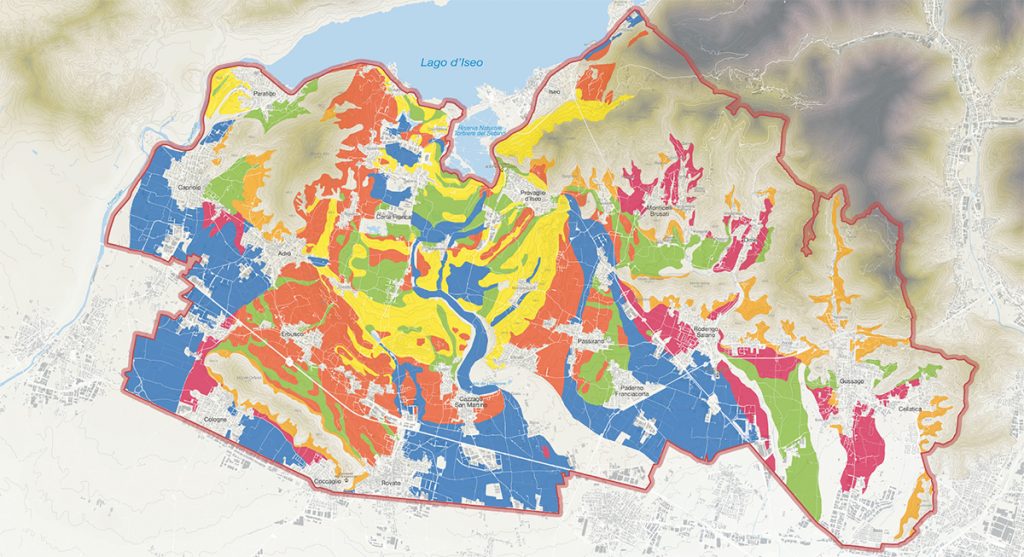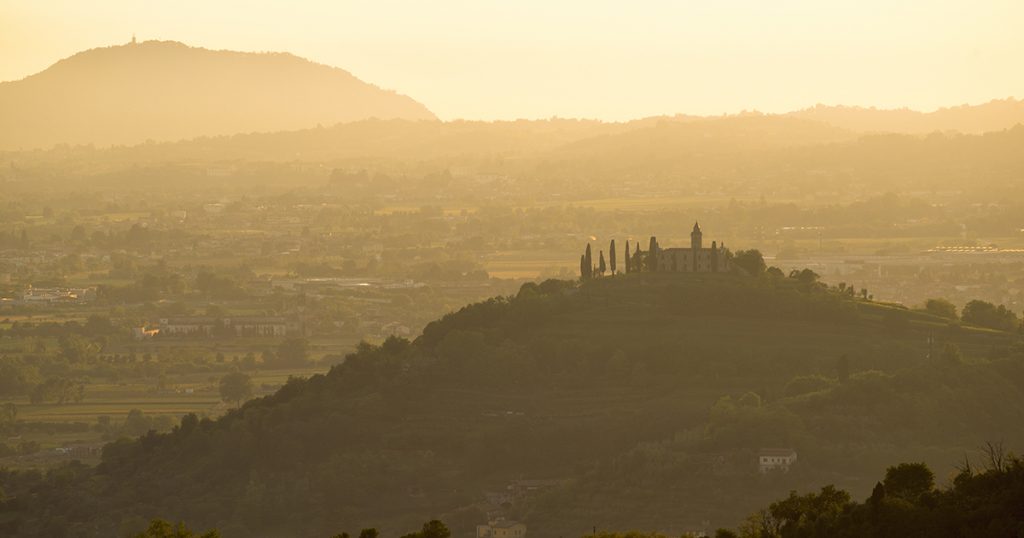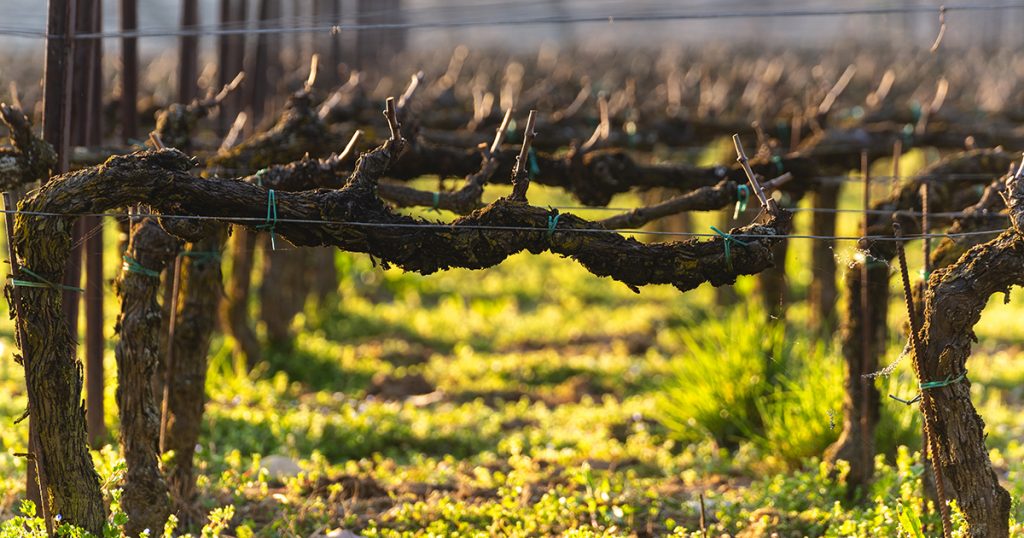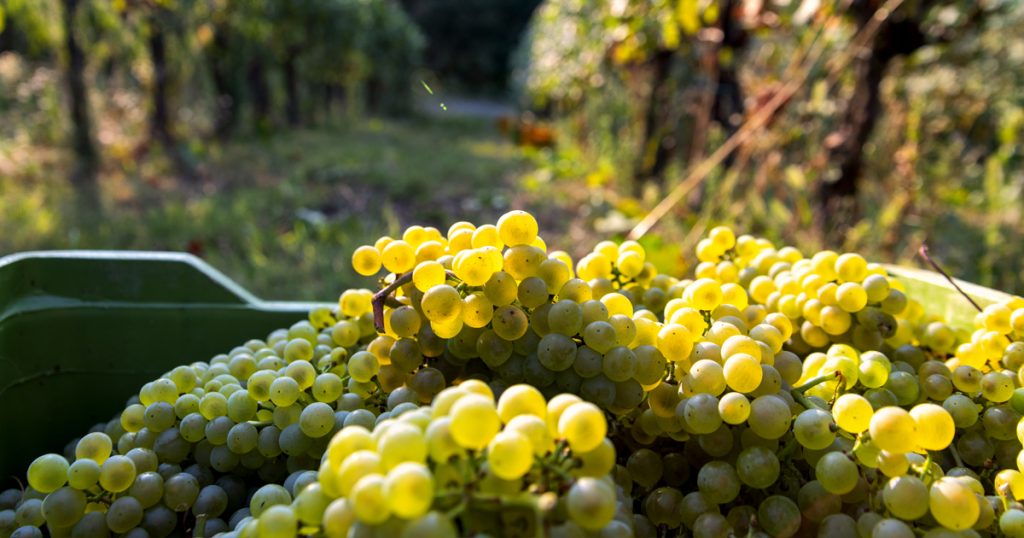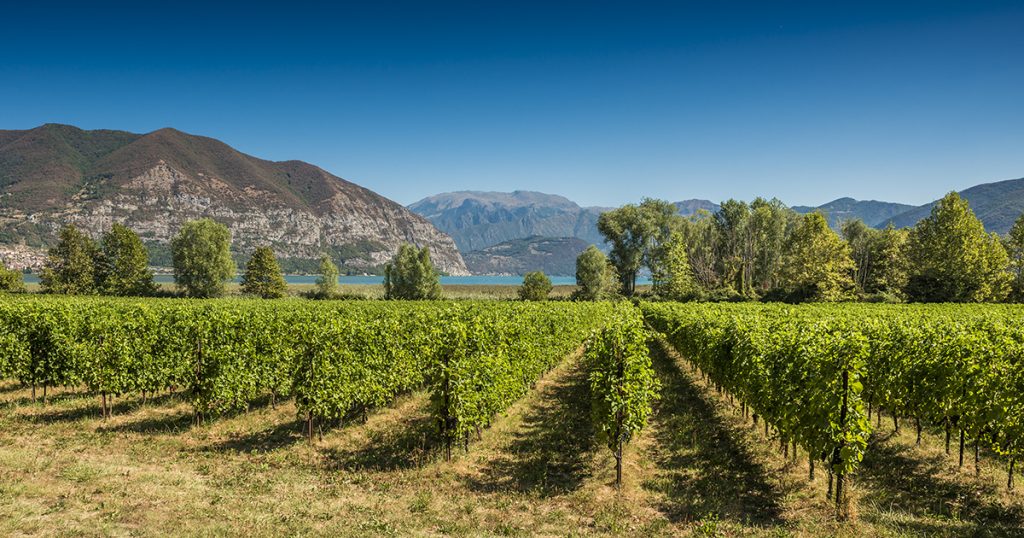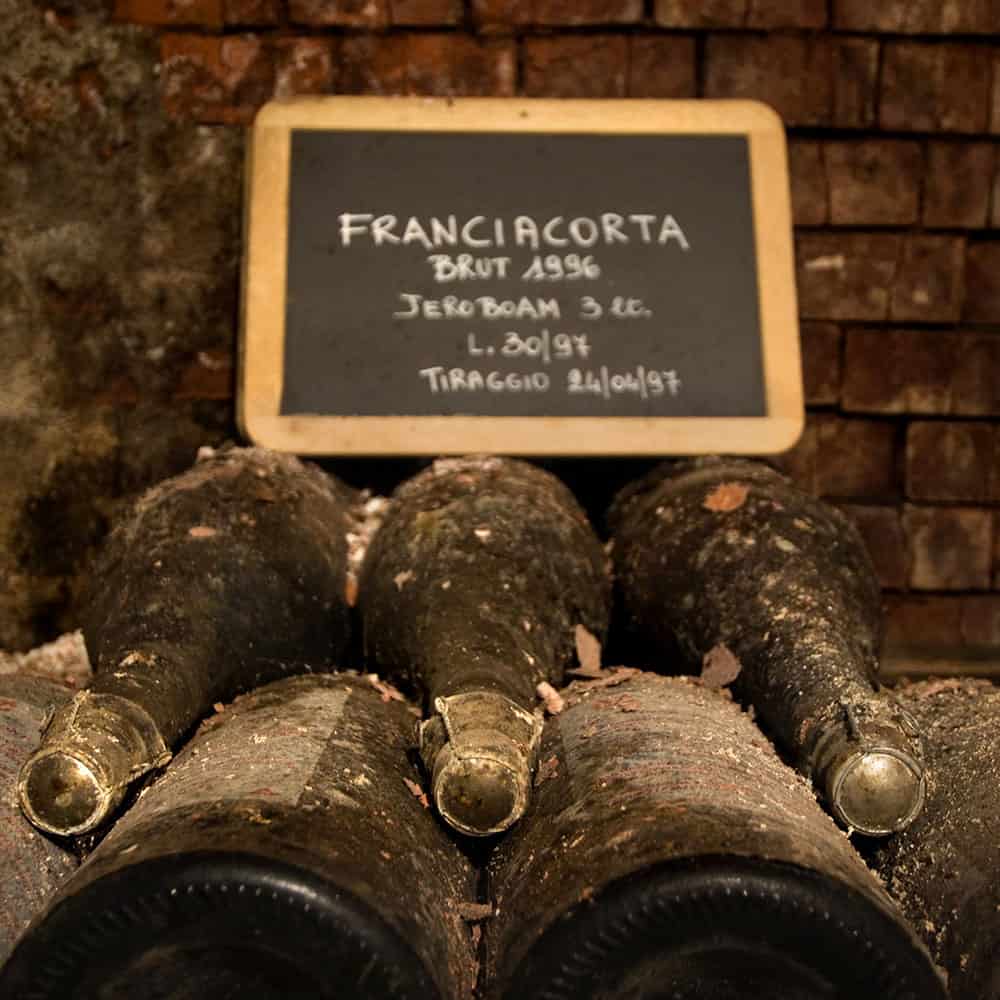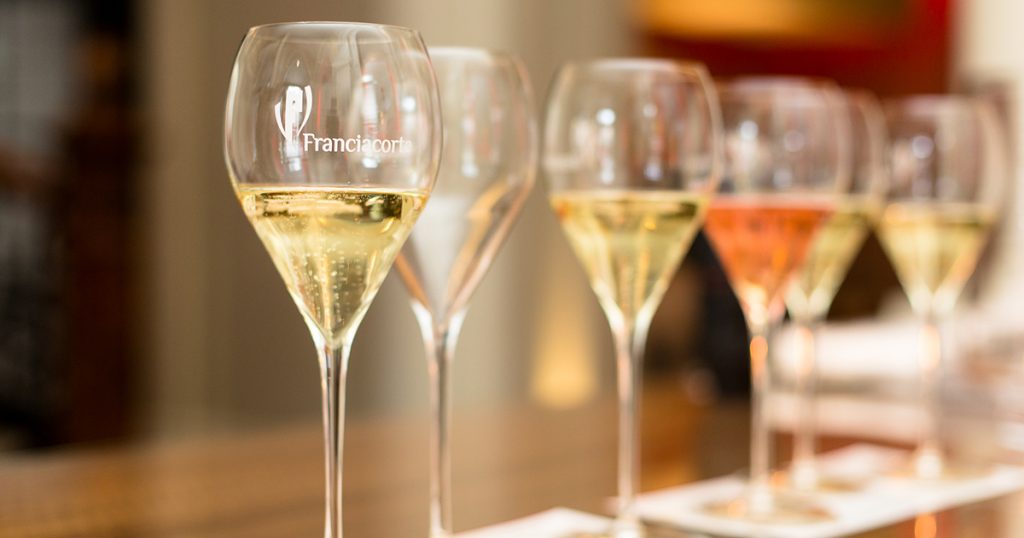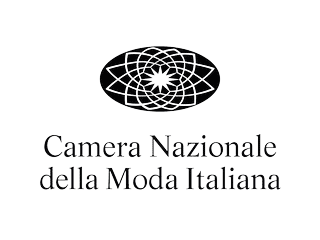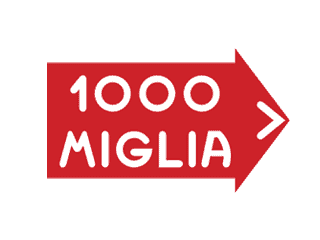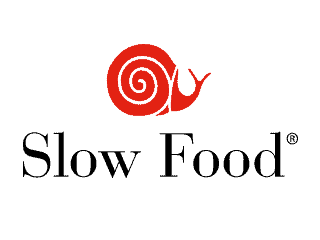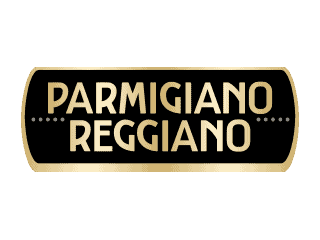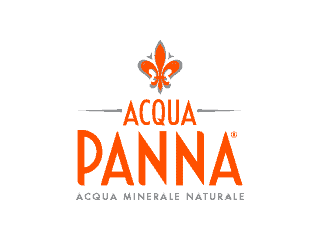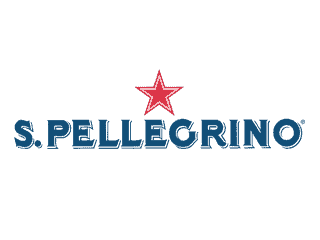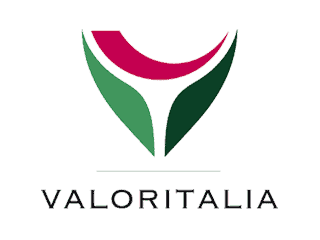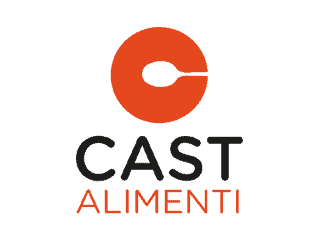In around 1910 the Brescia Anti-Phylloxera Consortium made its first geological and viticultural study of the Franciacorta, defining the area a ‘Sebino Morenic Amphitheatre’. Very interesting information emerged from this work regarding the composition of the land then farmed to vines, and the identification of its sub-zones. The importance of this data is tangible when it is compared with the results of the Franciacorta wine zoning study which began in 1992.
Enquiries of this type are of central importance in qualitative excellence terms, as the aim is to find the best possible combination of factors determining a wine’s sensory characteristics. A viticultural ecosystem is, in fact, defined by its vine or vines and rootstocks, climate, soil and technical choices correlated and supplemented by biological, ecological and human factors that are the cornerstones of wines’ appellation identity. It is clear, then, that there are numerous small differences within a single territory, differentiating its sub-zones, and leading to different final product results. As such, the choice of the best possible matrix combines the above-mentioned variables, based on maps made from information collected within zoning studies, and this choice is increasing informed by know-how, media and scientific tools rather than simple, concrete but inevitably limited direct experience.
Viticultural zoning is thus used to improve knowledge of the production factors in the field that determine and influence product quality and also to optimise and increase the efficiency of vineyard work and farming technique choices. It has also highlighted and underlined the importance of terroir to the product obtained, its identity, recognisability and the intrinsic link between wine name, production method, product type and quality. It has also stimulated the development of a collective vision of commercial and viticultural work between winemakers, with diverse environmental situations making it possible to enrich, preserve and protect the product. Finally, zoning is useful when testing the significance and adaptability of individual vines in one specific landscape unit, comparing the sensory aroma and flavour profile responses of the final products obtained in different sub-zones.
The zoning study redrew the landscape unit map. These areas are homogeneous in terms both of their soil characteristics and their landscape (morphology, slope, exposure and micro-climate) and the functional map describes six different uses for these.
The functional units are areas of land that are homogeneous in soil, vegetative and productive and qualitative (grape ripening kinetics and analytical grape must parameters) characteristics and the sensory profile of the resulting base wines.
This zoning is thus a powerful tool in the hands of winemakers, agronomists and oenologists in the many technical choices they make, starting with vineyard planting and culminating in cuvée formation, skilfully created from base wines whose characteristics vary according to origin.
Functional Units
